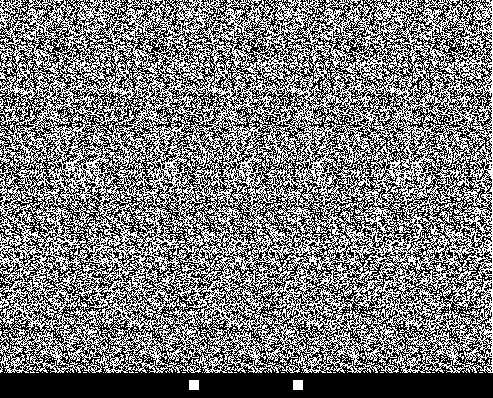

Show random dot stereograms to students.Looking only with your right eye, move your finger so it covers the object. Hold up your index finger at arm’s length.What was your method for “seeing” the image?

Generate left/right Random Dot Stereogram (RDS) Image (fastest version without any duplicated processing) The generated image are the same. To review, open the file in an editor that reveals hidden Unicode characters. If you bring your finger closer to your face, do you find it jumps back and forth more or less than when it’s farther away? This file contains bidirectional Unicode text that may be interpreted or compiled differently than what appears below. That's why they give you glasses with 2 lenses of different colours (or let through light of different polarities.)ĭescribe how depth perception affects how the brain forms an image.Ī selection of single image random dot stereograms, printed on either an overhead sheet or on a large sheet of paperĭo both eyes have the same point of view of the objects before them? If you want to view movies or pictures in 3D, you have to show a different picture to each eye. Your brain tries to overlap the two patterns, and creates the virtual 3D object. Each eye sees a slightly different pattern because of the different angles between the page and each eye. The dots are arranged in repeating pattern, with slight differences in each repetition. Single image random dot stereograms are the original versions of the popular 'Magic Eye' pictures in which a 3D image pops out from what appears to be a sheet of random dots. This demonstrates that each eye is getting a different picture of the world. In the first part of the demonstration, one eye sees the object covered by the index finger. If you use first one eye then the other to view an object, nearby objects tend to jump back and forth more, whereas faraway objects hardly seem to move at all. Each eye sees a slightly different picture because they're in slightly different places. In this demonstration, students discover how the structure and placement of the eyes creates depth perception.ĭepth perception occurs as your brain compares the pictures received in each eye to figure out how far objects are from you.


 0 kommentar(er)
0 kommentar(er)
